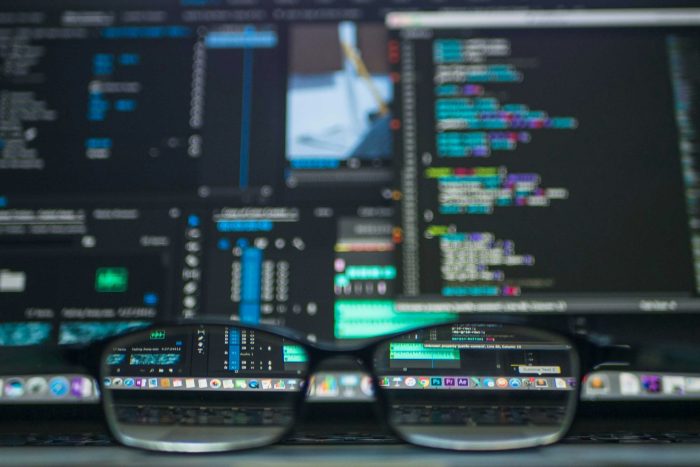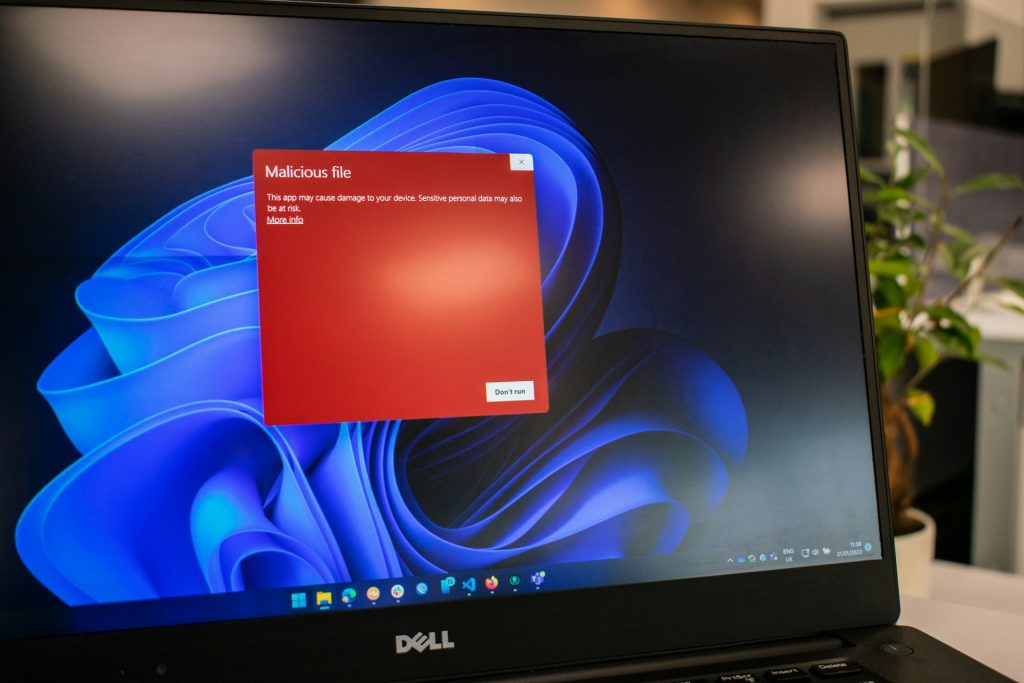AI is becoming the ultimate tool for cyber attacks
Experts have expressed concerns about the nature and scale of threats
4 min. read
Published on
Read our disclosure page to find out how can you help Windows Report sustain the editorial team Read more

For most of us, OpenAI’s ChatGPT was the first encounter with AI. But it’s far more complex and dangerous!
As it turns out, threat actors have, in the last few years, utilized AI to perform cyber attacks of larger scale and intensity. Countering these has become a challenge for experts.
Cyber attacks are no longer limited to hacking accounts or stealing data from websites. These pose security concerns, as independent and state-backed hackers now use AI to attack the national infrastructure.
Microsoft confirms that AI-based cyberattacks are usually originating from Russia, China, North Korea, and Iran. Microsoft’s President Bradd Smith also highlighted the challenges posed by AI and called for immediate regulations to counter the threat.
How is AI helping threat actors deploy advanced attacks?
AI has allowed threat actors to scale up attacks and develop malware that can go undetected in conventional security systems that aren’t up-to-date with the latest standards. Here are a few ways AI is fueling cyber attacks:
- Create phishing emails: AI-based chatbots allow hackers to create phishing emails identical to actual ones. You no longer see scam emails from Norton or the evergreen, stranded prince in need of money stories. It’s much more personalized and challenging to identify!
- Password hacking: With AI-based tools, threat actors stand a better chance of identifying your password through brute force attacks. The more the data fed to the tool, the better the output!
- Identifying vulnerabilities: AI-based tools allow hackers to quickly identify vulnerabilities in a system, which can then be exploited to deploy large-scale attacks.
- Creating advanced malware: AI allows threat actors to develop advanced malware, often ones that can automatically change their code and design, making their identification extremely difficult.
- Scaling up the intensity of attacks: With AI, hackers can automate cyber attacks and deploy them at a much larger scale. Besides, with real-time adaptation, malware can further multiply and corrupt the entire system.
- Deepfake: While Microsoft has taken measures to counter deep fakes, other AI-based tools continue being used to create audio and video clips for the purpose of impersonation and to step up disinformation campaigns.
AI-based cyberattacks pose a threat to national security
Of late, several reports have emerged of state-backed threat actors using AI to attack another nation’s security, military, and civilian infrastructure.
Researchers at MIT have been able to simulate attacks that could trigger explosions in household and industrial items, say, valves, motors, and pumps. It is done by jamming the equipment or causing the temperature control mechanism to malfunction.
At a time when a large part of the world is embroiled in violence, either directly or indirectly, such attacks pose an imminent threat!
Surprisingly, the answer to AI-based cyber attacks is also AI
Microsoft, the company leading the AI push, is using AI to combat such cyber attacks. Its latest offering, Copilot for Security, quickly assesses the type and scale of the attack, breaks down the script, and provides analysts with the option to quickly deploy the relevant fix, all using AI!
So, if threat actors are using AI for cyber attacks, you will have to defend with AI-based security tools to stand a chance at beating them. The one with more advanced tools and a comprehensive understanding should win!
At present, our options to minimize the risk of AI-backed cyberattacks are to raise awareness amongst the masses, regulate the use of AI, and deploy advanced defence mechanisms in critical infrastructure that quickly detect and eliminate such threats.
On March 13, 2024, Microsoft Secure is holding an event to highlight ways to effectively deal with the situation. Join it to find out more about AI-powered cyberattacks!
Do not forget to share your views on AI and its use by threat actors in the comments section below.









